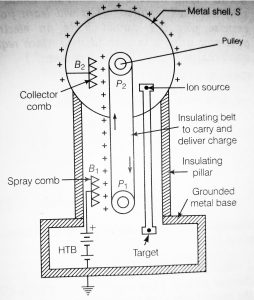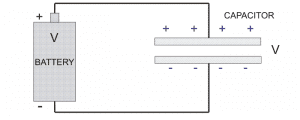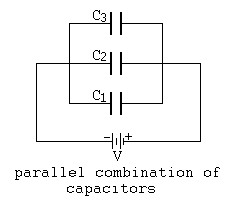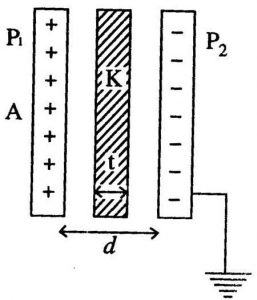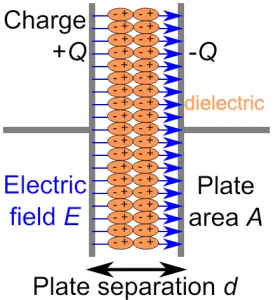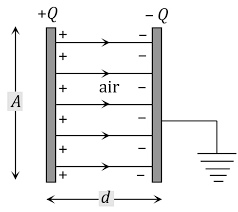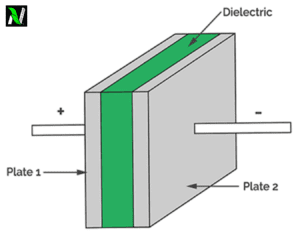CONDUCTOR AND INSULATOR
In this article, we are going to discuss about conductor and insulator and their definition, properties and examples in detail, so stay tuned with us till end…
INTRODUCTION TO CONDUCTOR AND INSULATOR
Do you ever feel electric shock when you unknowingly touch a live wire or a switch with wet hands?. If yes, then have you ever tried to think, why do we feel electric shock?, when we touch a live wire?

However, when we touch a live wire, then we feel some electric shock. The electric shock is basically a mini feelings of electric current to a very small period of time. The Strength of this electric shock depends on the amount of electric current flowing through the conductor. If high electric current is flowing in the wire then we feel strong shock or if it is low current then we feel weak shock.
When we touch a current carring conductor, a electric discharge takes place due to formation of electric potential difference between electric source and the ground (earth) through your body. This electric discharge is the flow of electrons from one body to another body when they are in contact with each other.
When electric charges (electrons) flow from one body to another body in a given period of time, then this electrons motion leads to the formation of electric current. When this electric current passes through your body, you will feel electric shock. But why did electrons flow through our body? Can electrons flow through metals?.
There are many substance through which electric current can pass. Such as: water, metals, animals body, earth etc. These can conduct electricity through them.
Electric current flows, when circuit is complete. If it is not complete then there is no flow of electric current and in this case we say circuit is open.
Have you ever seen that when electrician come to repair any electronic devices they used to wear rubber gloves. Can you tell me, why they wear rubber gloves? Electricians wear rubber gloves because rubber gloves minimize the risk of getting electric shock. But why and how?. We will discuss these questions in detail further…

CONDUCTORS
What is conductor? Conductors are the material or substance which allows the electrons to flow through them.
Conductors are able to conduct electricity because they allow electrons to flow through them easily.
Basically all metals are conductors of electricity. It is because metals have free electrons and it is moving randomly when it is not connected to any electric source.
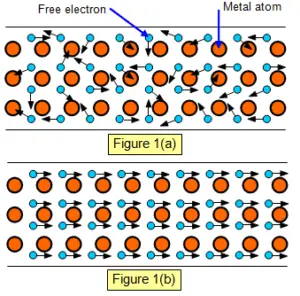
As it connected through a electric source i.e battery, a electric field is created inside the conductor, this electric field lead the free electrons to aligned in the direction of electric field. And this free electrons starts moving from the negative terminal to the positive terminal of a battery due to the electric potential difference generated by the battery.
EXAMPLES OF CONDUCTORS
Some examples of conductors are metals (gold, copper, silver, etc) animals body, earth, water, graphite. Etc.
INSULATORS
What are insulators? recall that we have talked that electrician wear a rubber gloves when he repair any electrical equipment. But why? It is because, Rubber is a insulator which resist the flow of electric current through itself. This property of the material helps electricians to getting electric shocks.
Insulators are the material or substance which doesn’t allow the electrons to flow through them. In others words, we can say that the material which has no free electrons are called insulator. In such material if we transfer some charge then it does not distributed all over the surface. It remains at the initial position.
EXAMPLES OF INSULATORS
Some common examples of insulator is – glass, plastic, wood, rocks, air etc.
SOME PROPERTIES OF CONDUCTORS AND INSULATORS
CONDUCTORS
- It allows the electrons to flow through them.
- It can also allow heat to pass through them.
- Generally conductors are metals but some non metals are also conductors eg. Graphite
- Electrons moves freely inside the conductor.
- Electric field emmits normally from the surface but there is no electric field inside the conductor.
INSULATORS
- It does not allow electrons to flow through them.
- It is also bad conductor of heat at room temperature. But it became conductive when it is melts.
- Generally insulator are plastic and woods. Because there is no free electrons inside them.
- There is no electric field inside because there is no electric current.
Watch this video for more reference:

